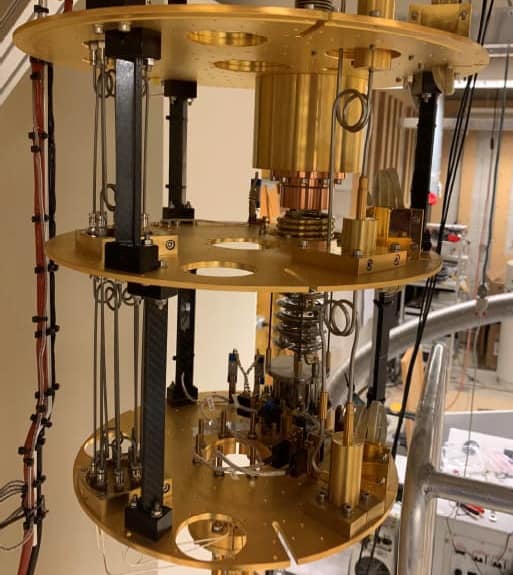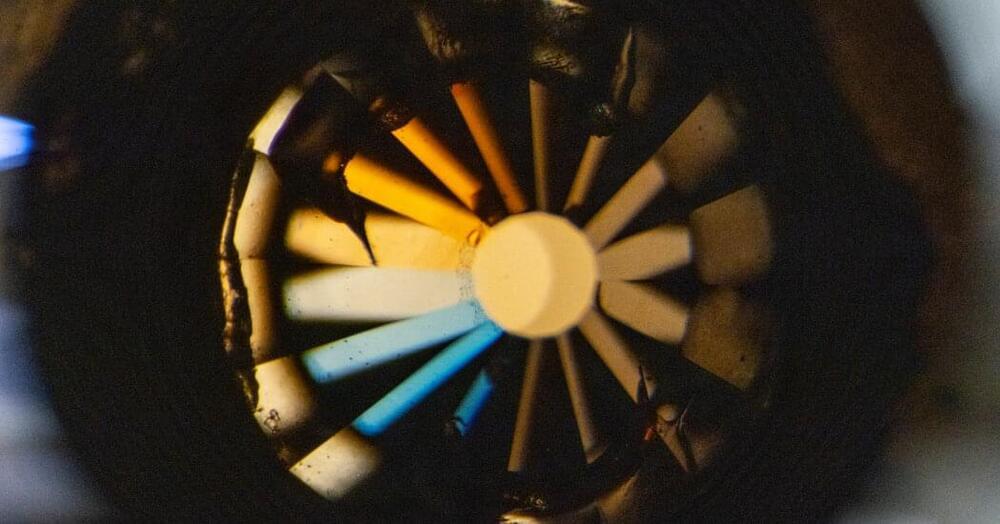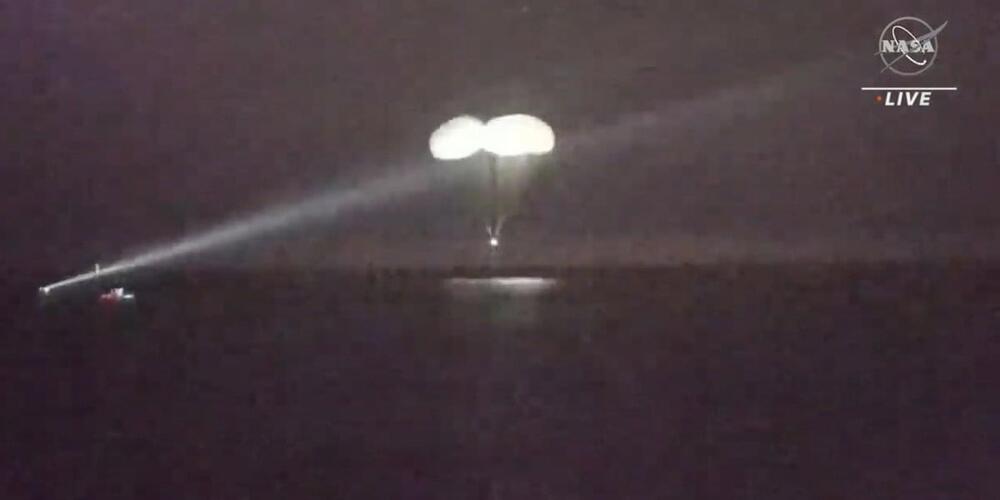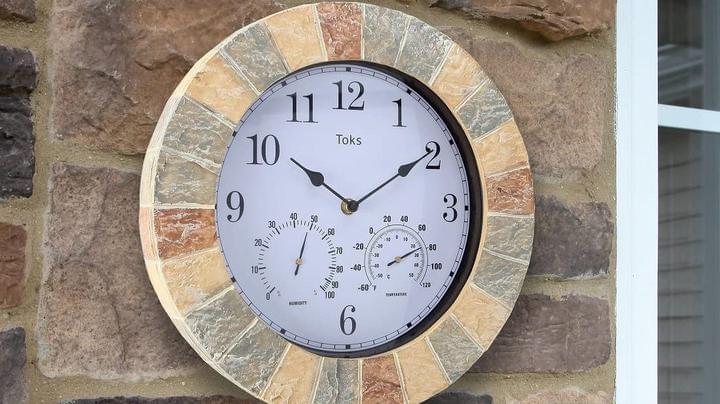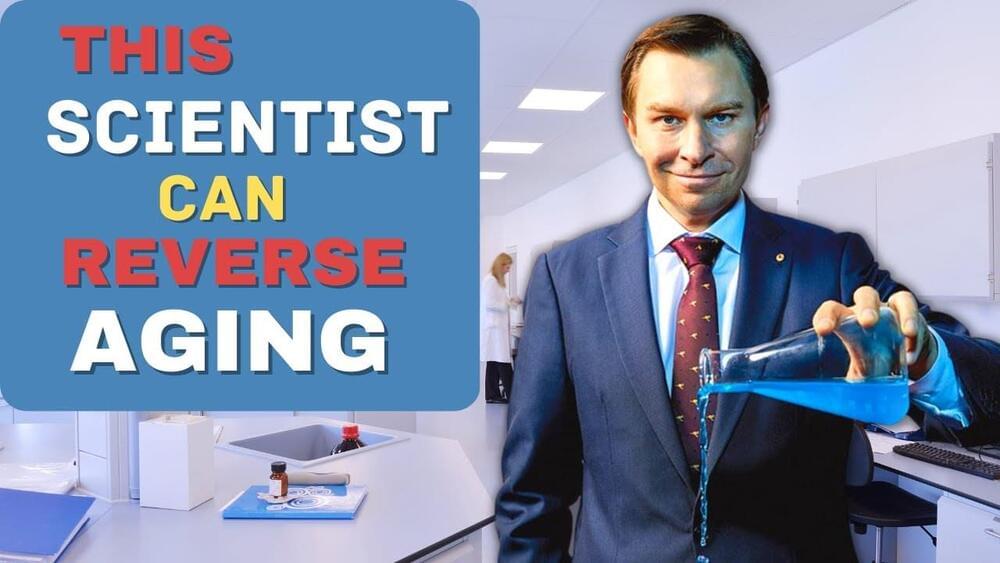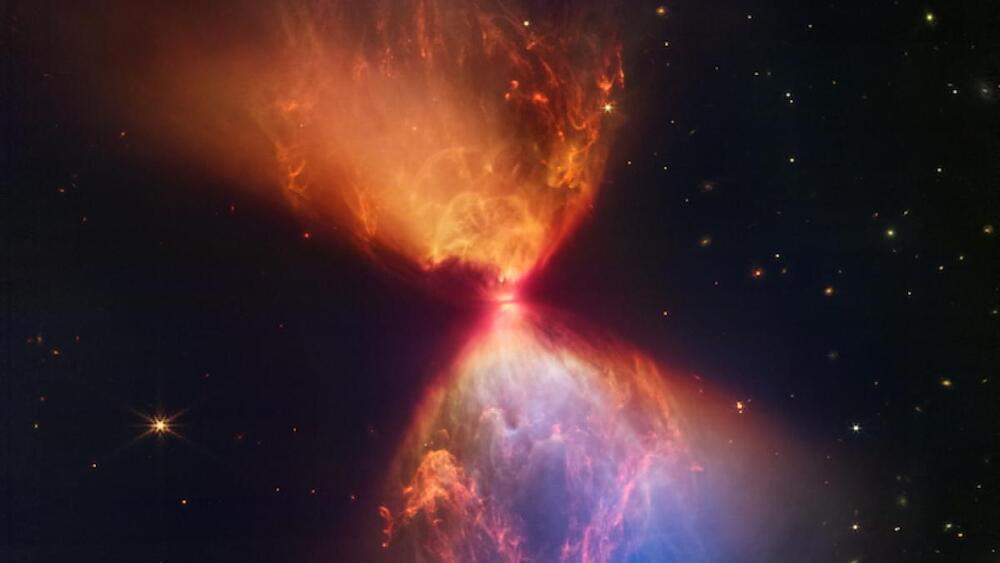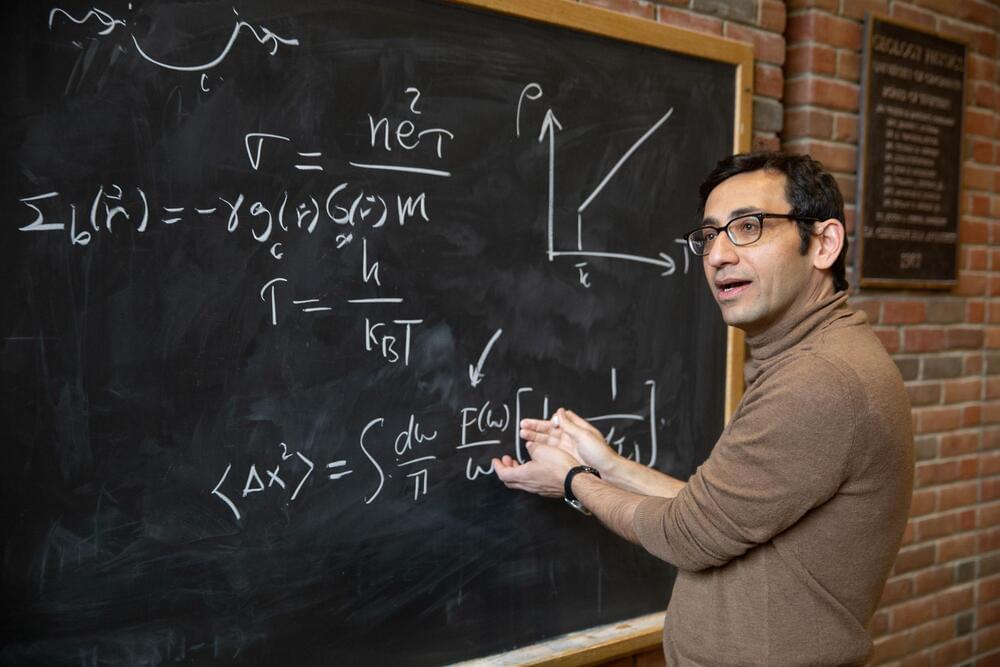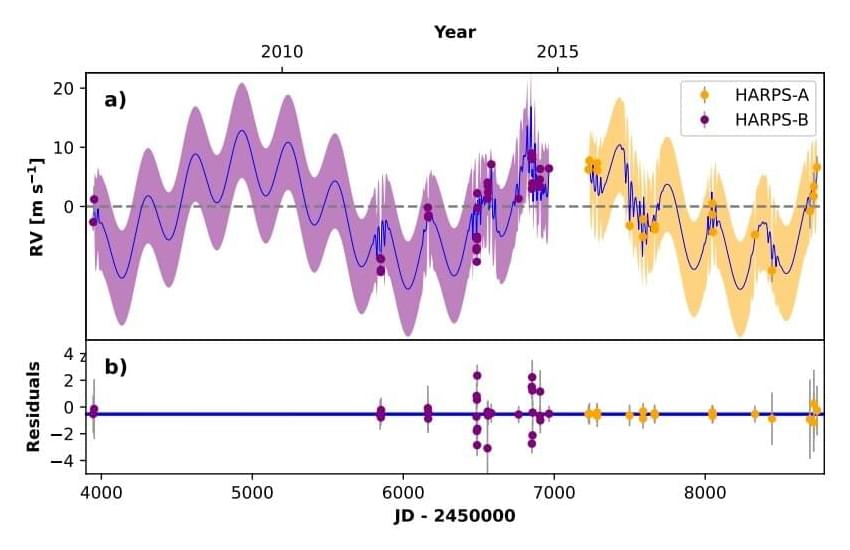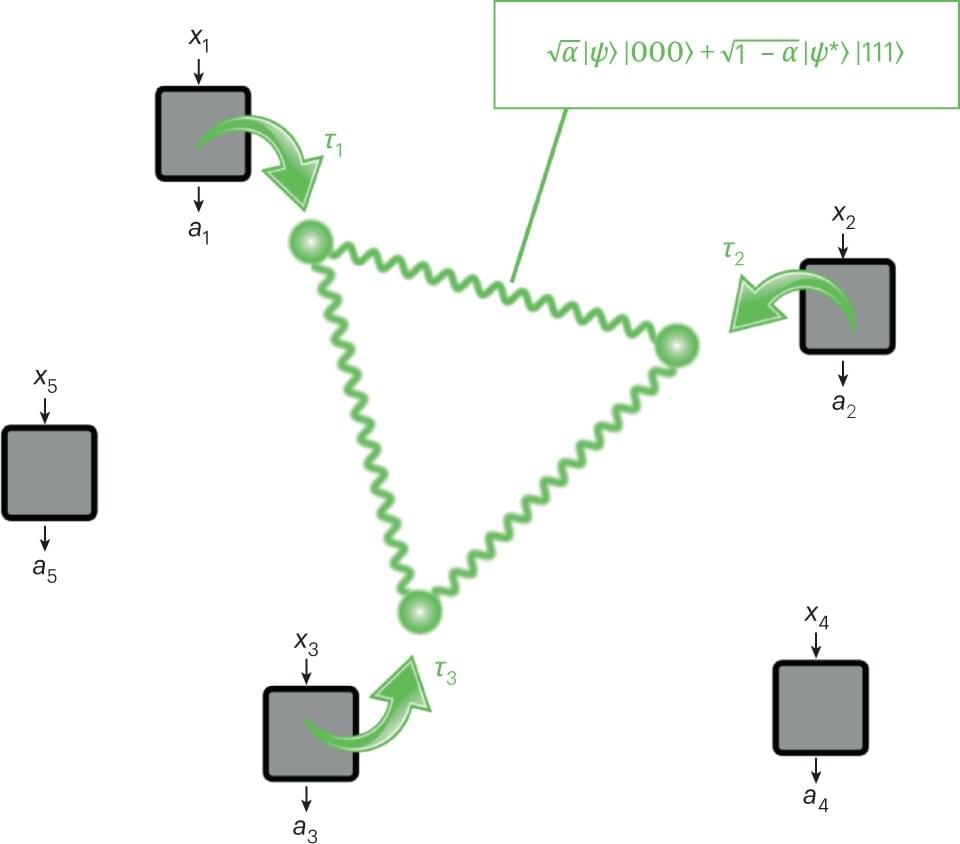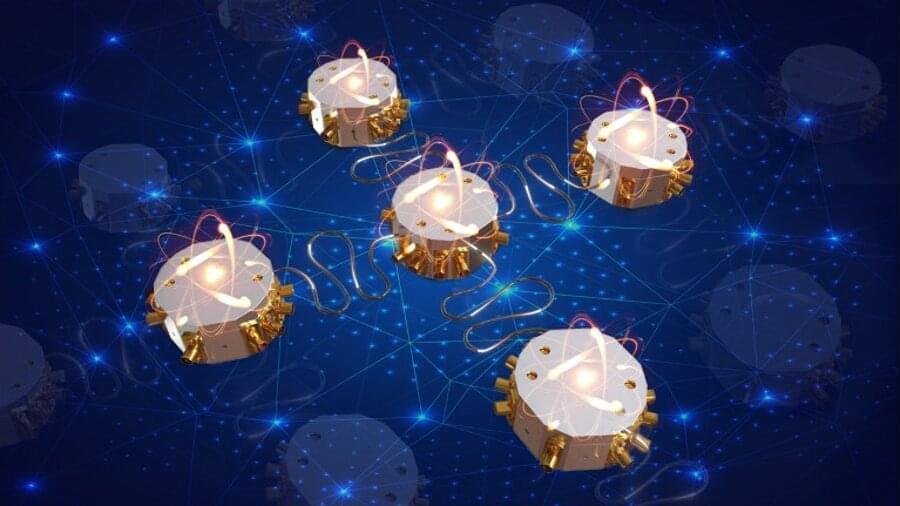“Measuring tBLG devices: the cryostat insert used in the experiments. (Courtesy: J Lau)” Measuring tB.
The breakthrough could one day transform technologies that use electric energy, but it comes from a team facing doubts after a retracted paper on superconductors.
CAPE CANAVERAL, Fla. (AP) — Four space station astronauts returned to Earth late Saturday after a quick SpaceX flight home.
Their capsule splashed down in the Gulf of Mexico just off the Florida coast.
The U.S.-Russian-Japanese crew spent five months at the International Space Station, arriving last October. Besides dodging space junk, the astronauts had to deal with a pair of leaking Russian capsules docked to the orbiting outpost and the urgent delivery of a replacement craft for the station’s other crew members.
Measuring time might not seem like that complex of a thing. After all, we rely on simply counting seconds between the “then” and the “now.” But when you really start to break time down to the quantum level, things begin to get a bit foggier.
https://youtube.com/watch?v=wDGxQG4KS3s&feature=share
Opening comment which is repeated later: He is 50, but was biologically 60, until he changed his lifestyle and diet, and now he is 31. OMG does that mean we can already rejuvenate to a youthful state? Well no. These clocks measure how healthy you are, and yes if you copied David’s lifestyle you’ll get more years…or more accurately, healthy years. Perhaps David would have made it to 80, but now he’ll make it to 100 and be active for most of it. But that is not true rejuvenation. For that he mentions reprogramming near the end of the vid and the fact they are working on whole body rejuvenation with the success they had in the eyes of mice.
Are you tired of feeling old and worn out? Do you want to look and feel younger without resorting to expensive treatments or surgeries? In this video, Dr. David Sinclair shares his expert tips on how to slow and reverse aging using simple, everyday practices like intermittent fasting, supplements, a healthy lifestyle, and proper diet. With over 20 years of experience studying longevity, Dr. Sinclair is a leading authority on the science of aging.#intermittentfasting #supplements #longevity.
Dr. Sinclair’s AMAZING book: https://amzn.to/3Jp47m6
Products Mentioned by Dr. Sinclair:
High-Quality NMN: https://amzn.to/3ZYaHWp.
Astronomers found compelling evidence that the water in our solar system came from interstellar space. This water around a distant protostar is quite similar to the water found in our solar system, and on Earth.
Physicists are learning more about the bizarre behavior of “strange metals,” which operate outside the normal rules of electricity.
Theoretical physicist Yashar Komijani, an assistant professor at the University of Cincinnati, contributed to an international experiment using a strange metal made from an alloy of ytterbium, a rare earth metal. Physicists in a lab in Hyogo, Japan, fired radioactive gamma rays at the strange metal to observe its unusual electrical behavior.
Led by Hisao Kobayashi with the University of Hyogo and RIKEN, the study was published in the journal Science. The experiment revealed unusual fluctuations in the strange metal’s electrical charge.
Astronomers report the discovery of two new exoplanets orbiting a bright sun-like star about 175 light years away. The newfound alien worlds, designated HIP 104,045 b and HIP 104,045 c, were classified as a Jupiter analog and a super Neptune planet, respectively. The finding was detailed in a paper published March 2 on the pre-print server arXiv.
The radial velocity (RV) method to detect an exoplanet is based on the detection of variations in the velocity of the central star, due to the changing direction of the gravitational pull from an unseen exoplanet as it orbits the star. Thanks to this technique, more than 600 exoplanets have been detected so far.
Now, a team of astronomers led by Thiago Ferreira of the University of São Paulo in Brazil, reports the detection of two new exoplanets using the RV method. They observed a solar-type star HIP 104,045 with the High Accuracy Radial Velocity Planet Searcher (HARPS) spectrograph on the 3.6m telescope of the European Southern Observatory (ESO) in La Silla, Chile. The observations, conducted as part of the Solar Twin Planet Search (STPS) program, resulted in the discovery of two massive extrasolar worlds.
Self-testing is a promising method to infer the physics underlying specific quantum experiments using only collected measurements. While this method can be used to examine bipartite pure entangled states, so far it could only be applied to limited kinds of quantum states involving an arbitrary number of systems.
Researchers at Sorbonne University, ICFO-Institute of Photonic Sciences and Quantinuum recently introduced a framework for the quantum network-assisted self-testing of all pure entangled states of an arbitrary number of systems. Their paper, published in Nature Physics, could inform future research efforts aimed at certifying quantum phenomena.
“I was a postdoctoral researcher in Barcelona in 2014 in the group of Antonio Acín when the first author, Ivan Šupić and I began working on self-testing quantum states together,” Matty Hoban, one of the researchers who carried out the study, told Phys.org. “That is, certifying that you have systems in particular quantum states without trusting the devices and treating them as black boxes (called the device-independent setting). Part of this work involved exploring different kinds of scenarios of trust.”
Quantum processors are computing systems that process information and perform computations by exploiting quantum mechanical phenomena. These systems could significantly outperform conventional processors on certain tasks, both in terms of speed and computational capabilities.
While engineers have developed several promising quantum computing systems over the past decade or so, scaling these systems and ensuring that they can be deployed on a large-scale remains an ongoing challenge. One proposed strategy to increase the scalability of quantum processors entails the creation of modular systems containing multiple smaller quantum modules, which can be individually calibrated and then arranged into a bigger architecture. This, however, would require suitable and effective interconnects (i.e., devices for connecting these smaller modules).
Researchers at the Southern University of Science and Technology, the International Quantum Academy and other institutes in China have recently developed low-loss interconnects for linking the individual modules in modular superconducting quantum processors. These interconnects, introduced in Nature Electronics, are based on pure aluminum cables and on-chip impendence transformers.
